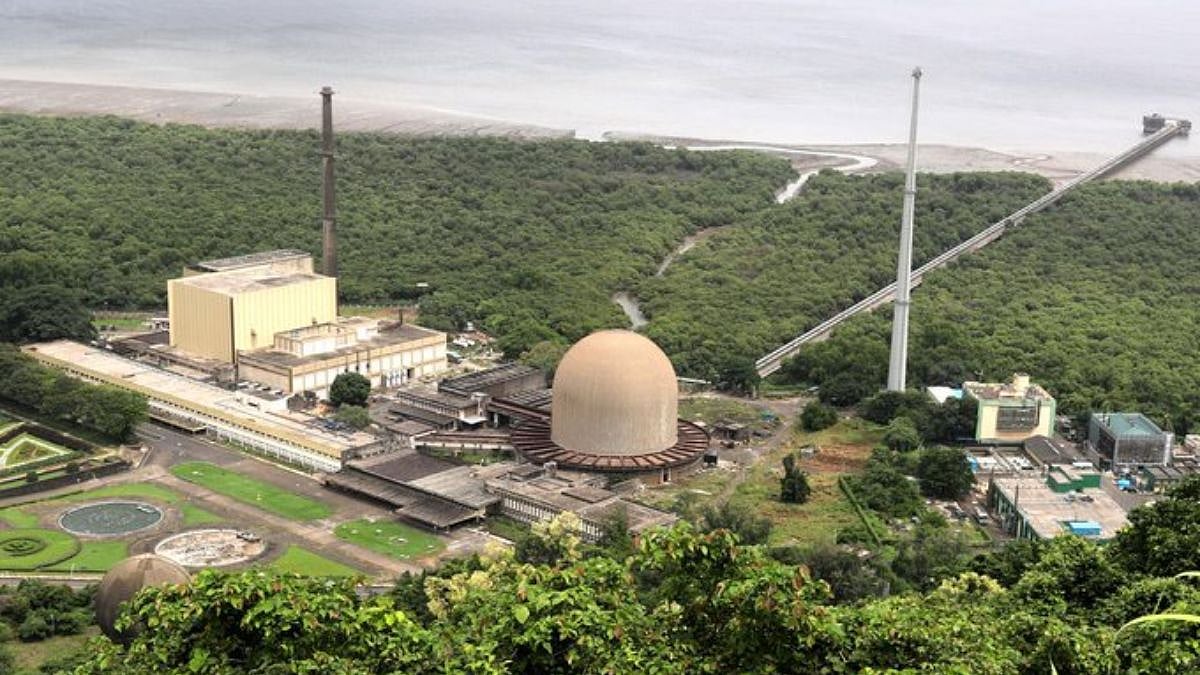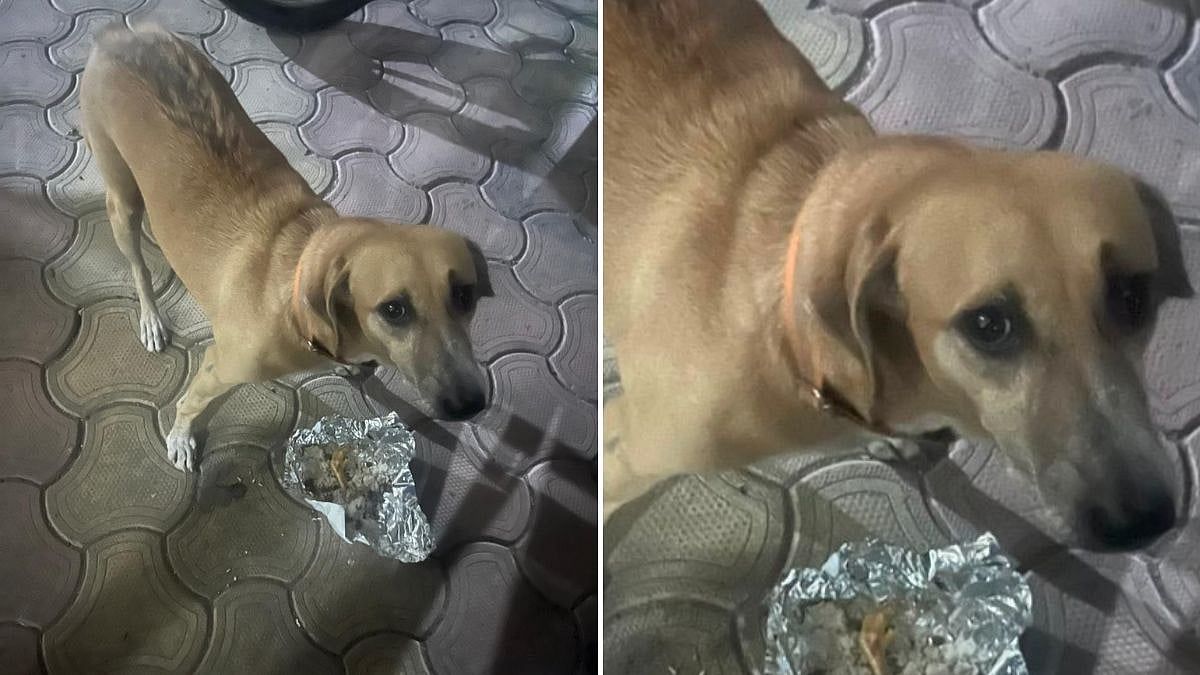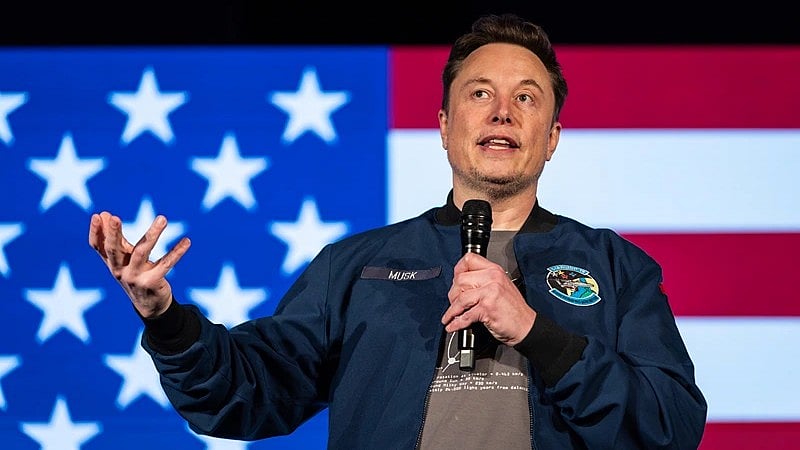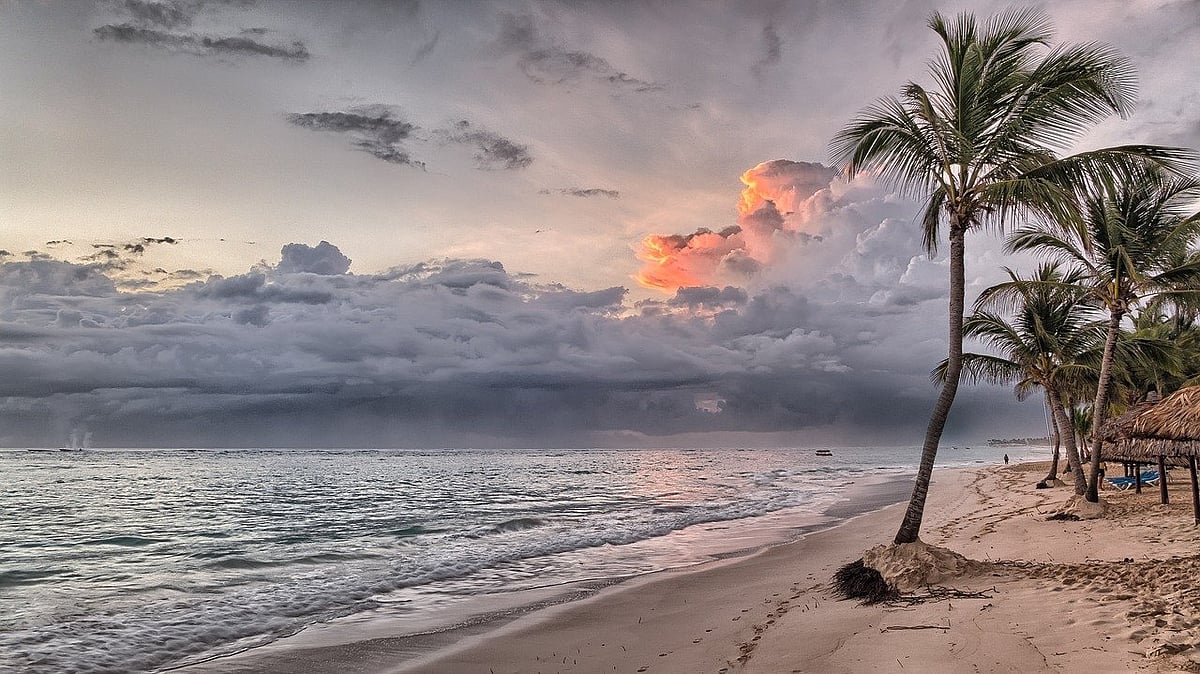Krishna Janmashtami 2024 is starting today (August 26), and devotees are thrilled to celebrate the birth of their beloved Lord Krishna. It is one of the most vibrant and auspicious festivals in the Hindu religion, marked by devotional music and dance. Central to the celebration is the enchanting Raas Leela, a divine dance drama that highlights the cultural importance of music and dance in honouring Krishna and Radha. This sacred dance form not only enhances the festive spirit but also spiritually connects devotees with the divine energy of Krishna.
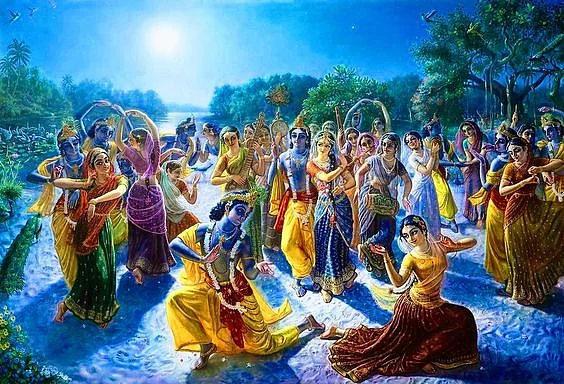
Raas Leela: A Divine Dance Drama
The Raas Leela reenacts the soulful dance between Lord Kanha and Radha, along with the gopis of Vrindavan. It is a traditional story in Hindu mythology, such as the Bhagavata Purana and Gita Govinda, where one night the gopis of Vrindavan went to the forest after hearing Krishna's flute and danced with him all night. This dance symbolises deep feelings and ethereal love between Radha and Krishna. Krishna’s playful and loving interactions with Radha and the gopis are portrayed through intricate dance steps, melodic music, and expressive acting.
Music plays a crucial role in Raas Leela. Traditional musical instruments like the flute, tabla and harmonium provide a soulful melody to the dance. Krishna's flute is particularly symbolic of his charm and call to the soul. The melodies of the flute captivate the gopis, calling them to dance with the divine energy surrounding them.

Music and Dance in Janmashtami Puja Rituals
During Janmashtami puja, dancing and music enhance the worship experience. Devotional songs and bhajans are sung to praise Lord Krishna during the festival. These traditional songs are performed by rhythmic clapping and dancing, creating a devotional and joyous atmosphere in the surrounding area. Dancing while singing bhajans is not just an expression of joy but a way to deepen the spiritual experience.
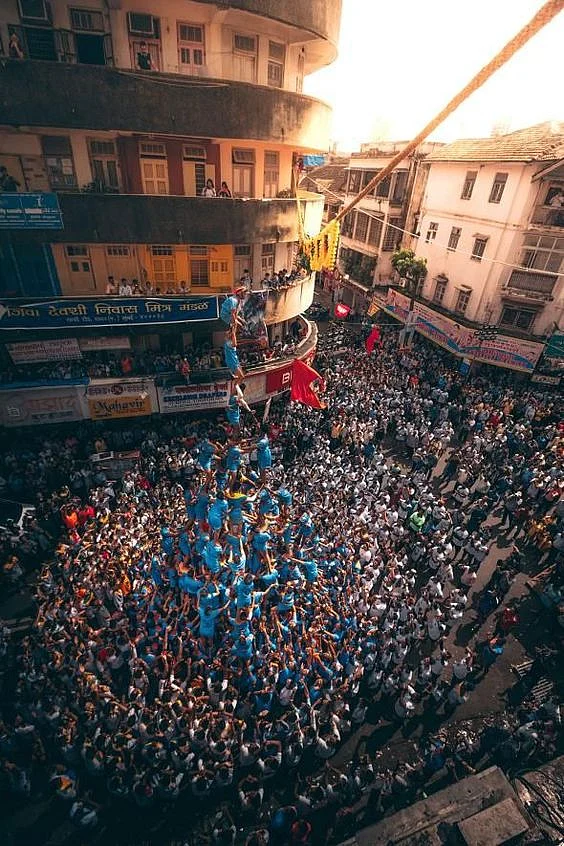
Dahi Handi | Pinterest
Dahi Handi: A Festive Tradition
Dahi Handi is one of the integral parts of the Krishna Janmashtami celebration, held on the day following Janmashtami. It is a lively event where music and dance play a central role, attracting many devotees worldwide. Dahi Handi tradition involves creating a human pyramid to break a pot filled with dahi hung high above the ground. This occasion is filled with energetic music, celebratory dance forms and thrilling competition by the Govinda.
Krishna’s Raas Leela beautifully reflects the role of music and dance in Janmashtami festivities. Through the divine dance of Raas Leela, the lively puja rituals, and the spirited Dahi Handi celebrations, music and dance are more than mere expressions of joy—they are experiences and celebrations of the divine love and devotion of Krishna.

